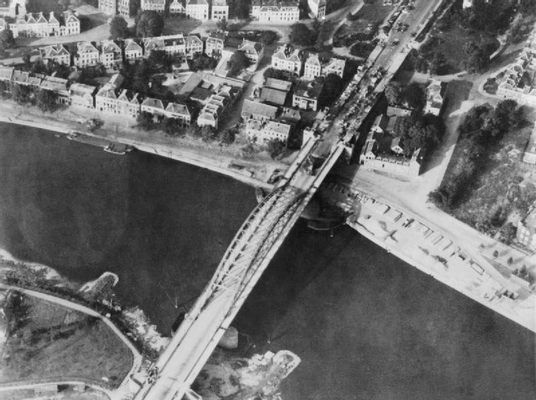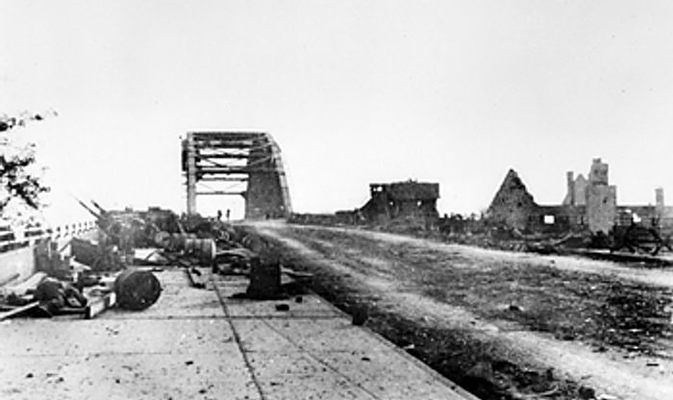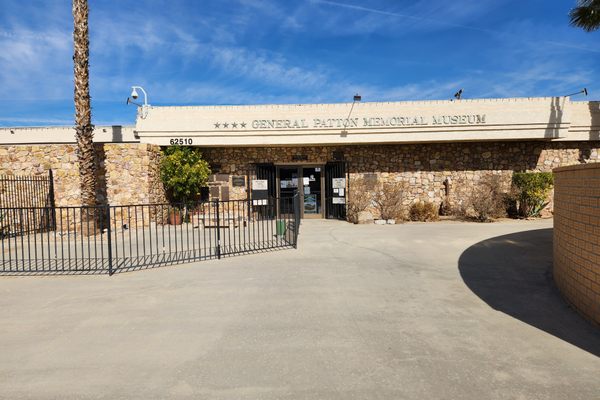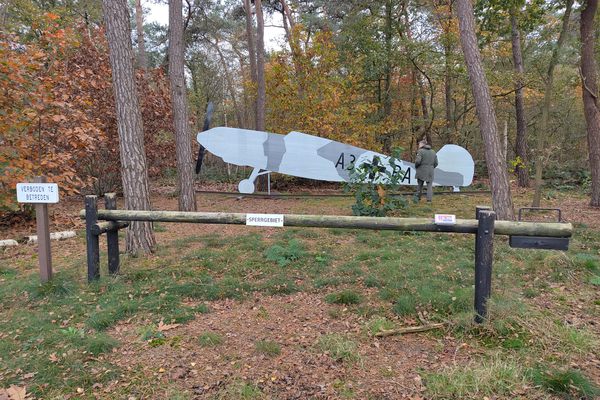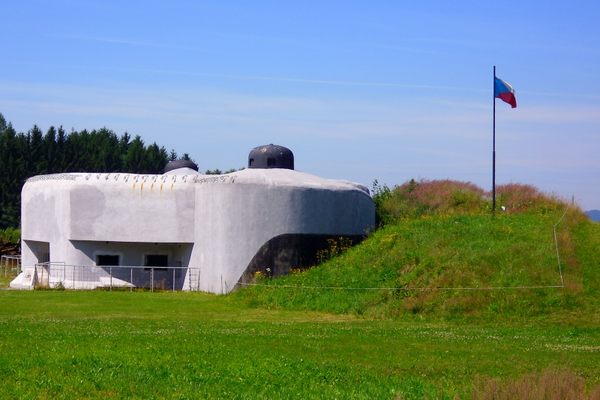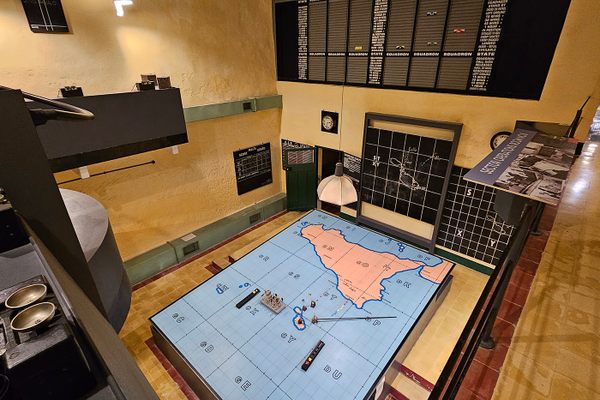About
The Arnhem Road bridge, as it was known during World War II, is a tied-arch bridge crossing the Rhine River. At that time, it was a vital military link connecting Germany and Netherlands. In 1940 it was destroyed by the Dutch to slow down the German invasion of Holland. It was rebuilt by the Germans in August 1944.
The following month, September 1944, Operation Market Garden was launched in an effort to clear the way for the allied invasion of Germany. British, U.S., and Polish paratroopers were dropped behind enemy lines to capture and hold key bridges near Holland's border with Germany. Arnhem, the northernmost point of the plan, was 60 miles behind battle lines.
Ten thousand British paratroopers were dropped west of Arnhem, but their advance towards the bridge was halted by German troops. One battalion, led by Lt. Colonel John Frost did reach the bridge. The goal was to hold the ground for two days until allied ground forces arrived.
Against all odds, Frost's group held the bridge for four days. However, German resistance prevented ground forces, the remaining paratroopers and supplies from reaching Arnhem in time. The final radio transmission from the bridge said simply: "Out of ammunition. God save the king."
Of the 10,000 British airborne troops dropped near Arnhem, nearly 1500 were killed, and over 6,000 were captured. The war dragged on for another nine months. While the operation was unsuccessful, it was an example of the courage and tenacity that ultimately led to the liberation of Europe.
In 1977, the movie A Bridge Too Far was released, highlighting the events of Operation Market Garden.
Related Tags
Published
May 24, 2021


